Whirlpool Corporation
New Business Creation (NBC) business unit
Saint Joseph, MI, USA

18 months
The challenge was put forth to identify a new whitespace opportunity for Whirlpool's New Business Creation business unit. The goal was to identify a viable new opportunity for category innovation — a new product category that Whirlpool could bring to market and thus have a clear "right to win" in the market.
In order to take on this particular Opportunity Scouting, with its detailed insights and design needs, we divided the endeavor into two different stages — Stage 1 was initial insights research, and Stage 2 was business case development (qualification & quantification).
Stage 1 had very clear insights needs. For this, we therefore undertook intensive primary and secondary research.
Stage 2 had very clear design needs. For this, we leveraged the first six phases of Legacy Innovation's Emergent NPD Process™, stepping through these six phases in appropriate order, and reinforming certain of the phases as needed as we progressed through the overall process.
The insights below illustrate precisely how we undertook each of these steps.
The end result defined a clear path forward for Whirlpool Corporation in this situation.
Understanding Whirlpool's business and its goals in this situation, Legacy Innovation Group began this exercise by first undertaking trends research to examine the different trends occurring in the world around this situation and to isolate specific trends that might create new opportunities for Whirlpool. Out of this several relevant trends were identified.
Secondly, Legacy Innovation Group conducted a brief amount of Insights Research into Whirlpool Corporation itself and its forward-looking business strategies. This was so as to select a specific trend opportunity that appropriately aligned with those strategies.
Finally, after comparing the opportunities identified in Step 1 with the strategies clarified in the Step 2, a compelling new opportunity was singled out and brought forth.
The opportunity was to develop a (beer) home-brewing system for craft beer enthusiasts who were not inclined to invest the effort into building their own home-built system, nor the time required for a traditional home-brewer's "brew day". This opportunity rested on an enthusiast market that was experiencing exponential growth (and was expected to continue so growing for many years to come), namely craft beer in the United States, Western Europe, Australia, and New Zealand. On top of this was identified the nascent desire by craft beer aficionados to home brew, but not the zeal to invest the time and effort associated with the currently manual, labor-intensive approach. Thus, there was whitespace to deliver a fully-automated solution that would fit well into this niche and provide a highly lucrative payback. This was clearly a niche market opportunity that lay outside of, but adjacent to, Whirlpool's traditional home appliance markets, and one which actually brought with it enormous (and rapidly growing) scale.
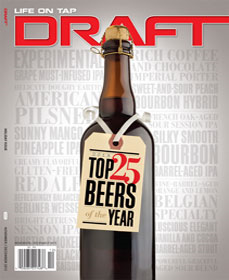
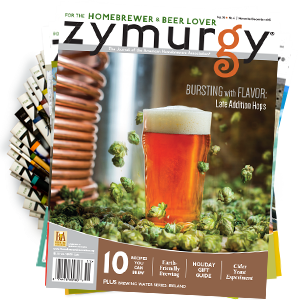
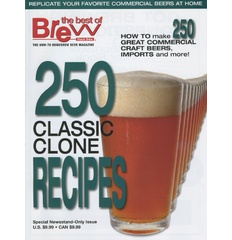
This remained an unclaimed market opportunity, though the consensus was that the situation would not last indefinitely, particularly in light of a number of products that were being introduced through crowdfunding campaigns on sites like Kickstarter. Whirlpool needed to rapidly evaluate the opportunity, conceive a product concept, and produce a business proposal for consideration by its North American Venture Board. If it could deliver the right product to the right people at the right time and at the right price, it was guaranteed to be a disruptive innovation into this burgeoning market and would in turn activate an entirely new market segment stemming from this pent-up nascent demand.
In order to drive the next stage of this front-end endeavor, Legacy Innovation Group leveraged its Emergent NPD Process to lead a core team through the progressive stages of building a well-conceived and well-developed business case for the project. Whirlpool provided certain of its staff to participate in the project, including a core team consisting of an engineer, a finance analyst, and a subject-matter expert in the new market, as well as a satellite team consisting of a market insights specialist, a merchandising specialist, and several brand and category managers.
We initiated this stage by leading the core team in secondary market research around the historical events that had led up to the meteoric rise of this particular market niche. These involved certain U.S. legislative events that occurred in the late 1970s, a nascent period in the 1980s, a growth spike in the 1990s, and a hyper-growth spike in the 2010s. Key to this were select historical sociocultural trends around the consumer goods space associated with craft beer.
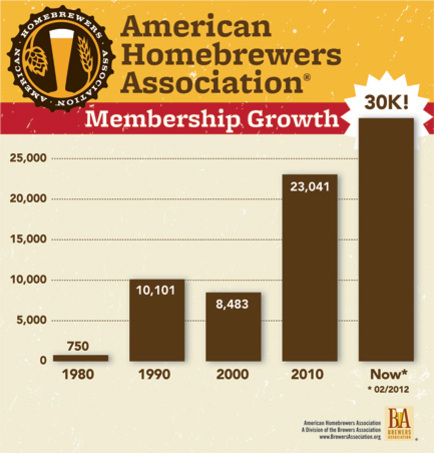
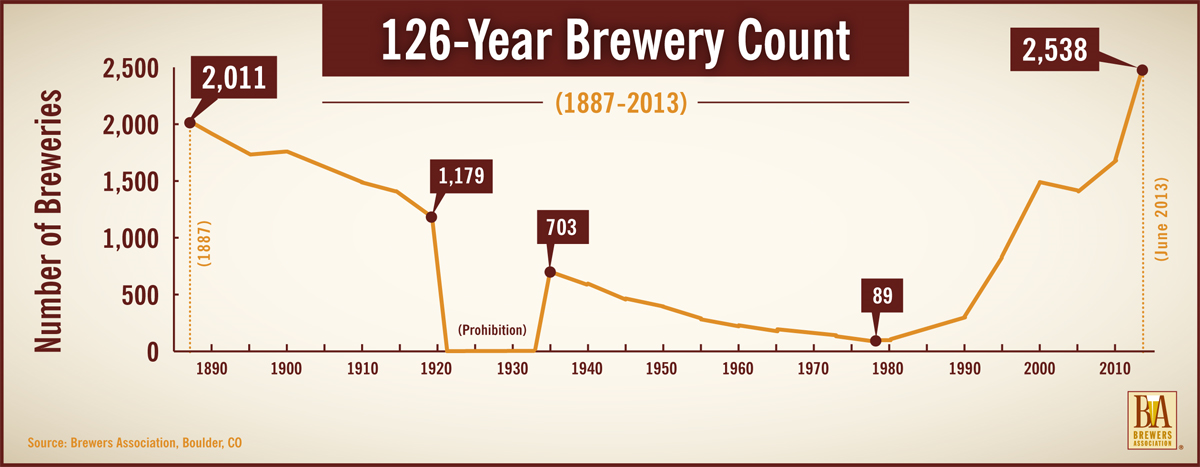
We next led the team through secondary research aimed at capturing and understanding the full breadth of current (manual) devices offered to this market, as well as new automated systems being developed by start-up companies (one of which was in production, while several were seeking funding on Kickstarter). All of these turned out to be offered at prices higher than what later market research would reveal the market was willing to bear. Taking this a step further, we led the team in careful examination of each of the new automated solutions so as to benchmark their attributes and capabilities.
Here, we spent a short period of time looking at what might be the right strategy for this new market and how we might leverage an existing Whirlpool brand for the market, versus launching a new brand.
Throughout the project, we held a series of discussions with several different brand managers from across the many Whirlpool brands. This was done to search for demographic alignment between those brands and the proposed solution (as it slowly took shape) so as to select the brand with the closest demographic match. Other considerations were also made, including each brand's current market size, distribution channels, and marketing channels. From this work, an existing Whirlpool brand was eventually selected that had optimal alignment to the final product offering. In the end, however, the decision was made to launch an entirely new brand for this product line.
In that Phase 2 of E/NPD is a "living" phase, we initially left product strategy out of the discussion until we had completed the work of Phase 5. At that later time, when our thinking around the market had been given an opportunity to better take shape, we revisited the product strategy and firmed up how it would integrate with the broader brand and market strategies that had been selected.
We next led the team in spending time understanding the consumer activity associated with the market, what options were currently available for this activity, and what the associated pain-points were (these stemmed from the fact that the current systems and processes were manual, cumbersome, messy, and time-consuming). Qualitative market research was used to engage those currently active in this market to better understand the processes involved and the associated pains of these processes. Ethnographic work (contextual inquiry) was undertaken by observing those practicing the activity as they used the current systems and processes.
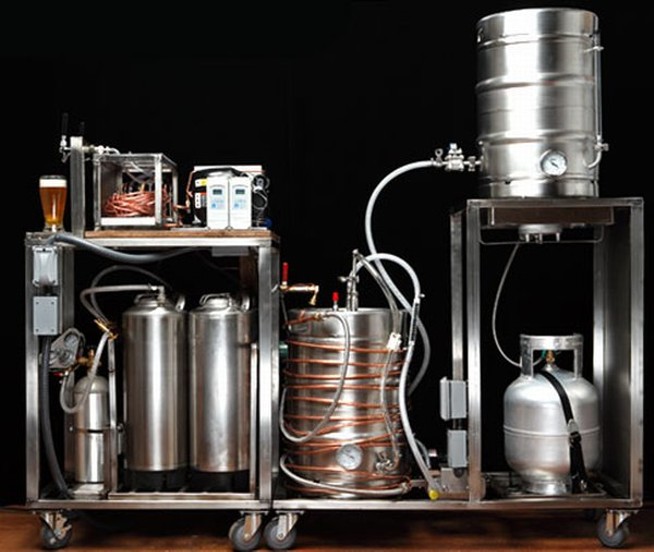
Subsequently, we led the team through the development, execution, and analysis of quantitative market research. For this, survey instruments were developed and set up with a third-party facilitator providing an anonymous URL from which survey participants were solicited. A separate survey instrument was also executed across Whirlpool's North American employee base. In both cases, the participant pool was divided into three pools - those who currently home brewed, those who had tried homebrewing but gave it up because it was too difficult, and those who wanted to get into homebrewing but had chosen not to because they knew how difficult it was. This produced clearly delineated market insights unique to each of these groups. Some of the considerations examined included where the brewing would take place, how an automated appliance might be used to resolve the issues associated with the current manual processes, what features and attributes were of high importance for an automated appliance, and what price points each group would need to hit to trigger a purchase decision. Separate from this research, we also led the team in the review of prior quantitative market research that had been undertaken the previous year by the industry association American Homebrewing Association.
Based on the preceding market insights work, we led the team in developing a profile (persona) of the target consumer for this product. This consumer profile reflected the key demographics and psychographics of the consumers who would ultimately purchase and use this new product. This profile was further compared against the 66 PRIZM market segments, from which five unique segments were identified, further clarifying the team's collective understanding of this consumer
The market insights developed up to this point (from the qualitative research, the quantitative research, the secondary research, and the consumer profiling) brought clarity to the team's thinking. This in turn allowed us to lead the team in being able to state fully, concisely, and with great confidence the precise user experience they were seeking to deliver with the product. This was captured in a Product Experience Framework.
Knowing the product and brand experiences the team wanted to deliver allowed us to then begin leading them in looking at relevant design strategies.
At this point, we brought together all of the preceding insights and the team's statement of product experience to lead them in developing a design strategy that would deliver on this experience. As part of this exercise, we had the team undertake a Pugh Analysis of the competitive landscape (identified in Phase 1) in order to develop a clear definition of a new platform. This new platform would capture the composite attributes and capabilities of these other systems into a new system capable of yielding the desired product and brand experiences.
The design concept resulting from this strategy was rendered visually to depict its aesthetic architecture and its visual brand language (VBL), starting with a mood board to establish the mood and tone for the design, and moving to a series of final concept renderings. The visual brand language used was tied to the brand that had originally been selected. A physical mock-up of the design was also built to more fully bring it to life for all of the stakeholders to see.
Finally, we had the team develop a subsystem level engineering bill-of-materials for the design. This would be used in the next phase for costing work to ensure Whirlpool could deliver this product at the appropriate price point.
At this point in the project, we led the team in using the market insights (which included a known market valuation for the prior year) to undertake financial analysis of the proposed solution within this new market. On the cost side, this began with target costing of the previously developed subsystem-level bill-of-materials, together with selection of the proposed production site, providing Whirlpool's total cost of goods sold. On the revenue side, this involved building a forecasted adoption and revenue model from the known market size as a starting point, and using the market insights developed to predict the value of an entirely new market sector that would arise from selling an automated solution at the appropriate price point. This also included selecting key points to interject conservatism adjustors so as to offset possible financial risks arising out of the underlying assumptions.
Subsequently, we led the team in developing a business plan that accurately conveyed the market opportunity. This business plan captured the market and the sociopolitical events that had led up to its recent meteoric rate of growth, the pain associated with what was currently being used for the consumer activity, the proposed solution and how its product strategy had been developed in light of competitive start-up activity and market research, the forecasted market valuation for the solution, and the proposed go-to-market strategy, including branding, positioning, outbound marketing, distribution, and production plans. The business plan also presented detailed financial analysis of the market and this solution, showing how the market would continue to grow, a new sector would be created, market share would grow and then decline as competition entered the market, and finally, what the returns to Whirlpool would be (NPV, payback, etc.).
In the final step, we led the team in making a formal presentation of the business plan to Whirlpool's North American Venture Board. This involved a narrated explanation of the market, the consumer profile, the pain associated with the current activity, the competitive landscape, the new solution, the go-to-market strategy (production, marketing, distribution), and the financials, which included the market valuation, the forecasted revenue, the forecasted profits, and the return to Whirlpool. A final question-and-answer session was fielded to provide additional details from the market research and added steps that could be used to augment commercialization of the new product.
The result of this project was immensely positive. At the conclusion of this first phase (Series A financing), Whirlpool's North American Venture Board voted unanimously to proceed with additional work (Series B financing) aimed at further refining the prospects of this product, so as to ultimately move it toward development and commercialization.
This was a monumental decision, as it required Whirlpool to make a key strategic decision around whether or not to enter into this particular market. Because the business plan had been well developed with credible market research and careful financial modeling, the plan and its commercialization strategy were both solidly convincing.
Subsequent to this, we led an expanded client team toward the next major milestone in the effort, the formal Opportunity Business Plan (OBP). This involved more in-depth qualitative market research, the completion of a detailed system architecture definition with a more detailed Product Experience Framework, completion and filing of a patent application, more detailed Industrial Design concepts, and production of a video infomercial showcasing the marketing message for the offering.
After completion of the OBP stage, Legacy Innovation Group handed this project off to Whirlpool's commercialization team to finalize development and commercialization of the product. This resulted in a Stage 1 product — the Vessi™ fermenting / serving appliance (with other stages planned for eventual development and release).
As part of the go-to-market strategy for this new category innovation, Whirlpool conducted an Indiegogo campaign to gauge initial consumer interest and demand, and in the fall of 2016 initiated initial market testing in select cities throughout the United States. Full production began in Q2 2017.
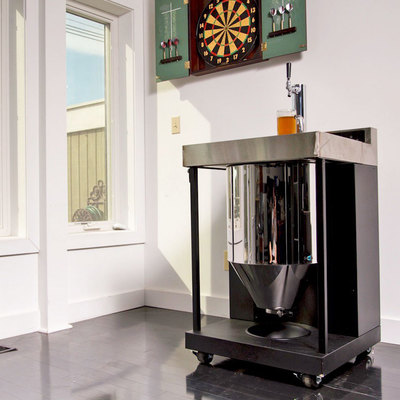
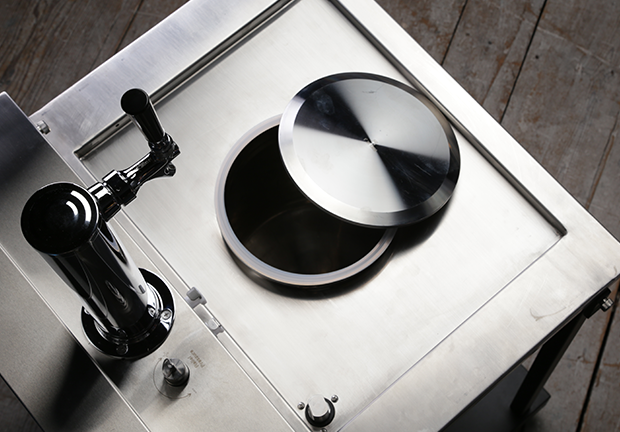
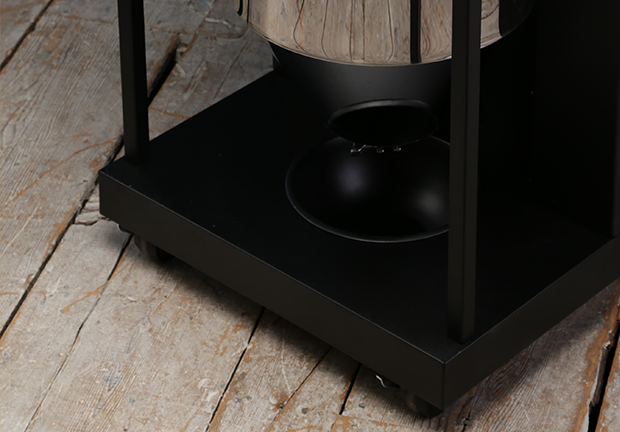
The Emergent NPD Process™ (E/NPD) is Legacy Innovation Group's proprietary breakthrough product innovation process, and is the result of many years of development, testing, and refinement. This structured, well-defined process was specifically designed for pursuing breakthrough innovations such as the new category innovation reflected in this case. It is divided into eight distinct phases, in which each phase builds upon the preceding phase. To learn more, see our
Emergent NPD Process™ page.
To learn more about our Opportunity Scouting work, see our
Opportunity Scouting page, or to engage us in this capacity, please refer to our
Discovery Engagement page.

CEOs come and CEOs go. Some are excellent. They generally ‘get it’. Others not so much. They really ‘don't get it’. What makes the difference between these?
READ MORE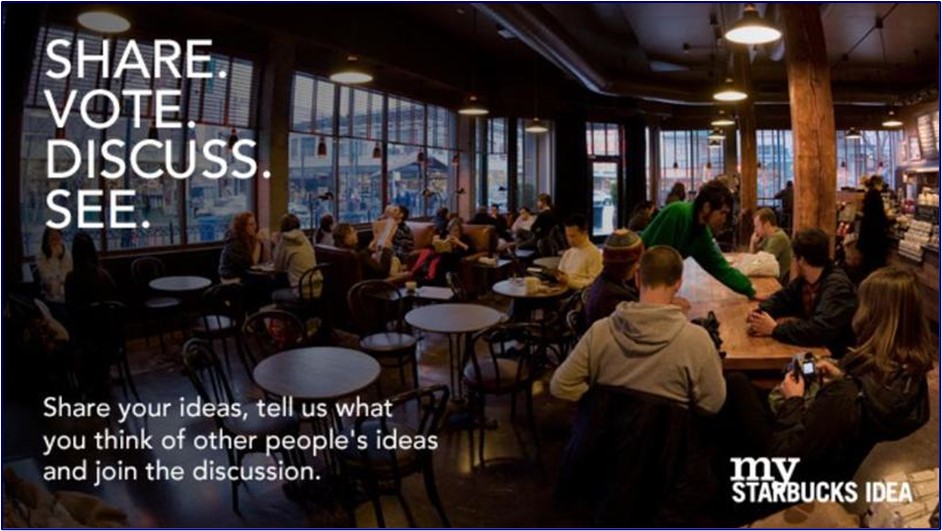
There's an insidious debate that's bounced around for probably the better part of twenty years now. It's the debate of whether or not ‘innovation is everyone's job’...
READ MORE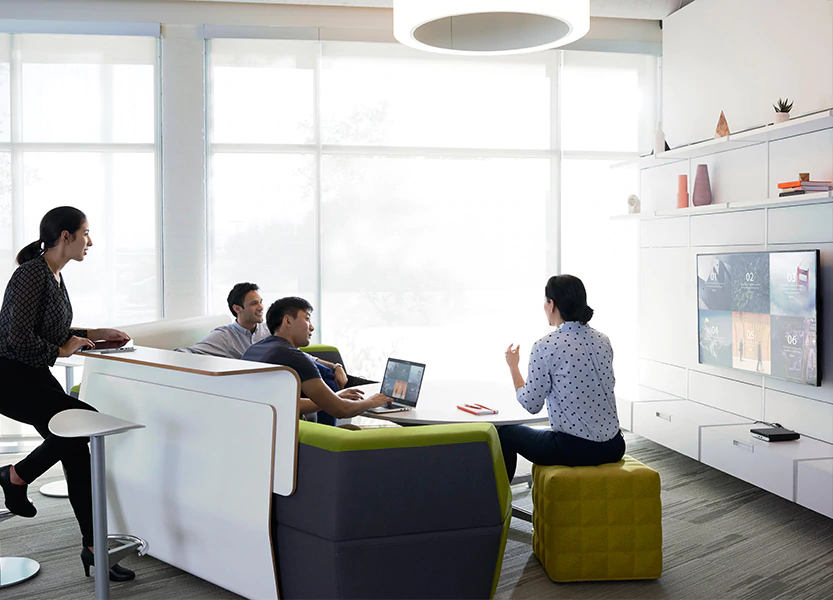
Innovation Spaces – which can refer to any space intentionally designed to foster and facilitate good innovation work – come in all sorts, shapes, and sizes...
READ MOREWe partner with committed business leaders to make their organizations the driving forces in their markets.
CONTACT USSign up for our newsletter.
NEWSLETTER SIGN-UP